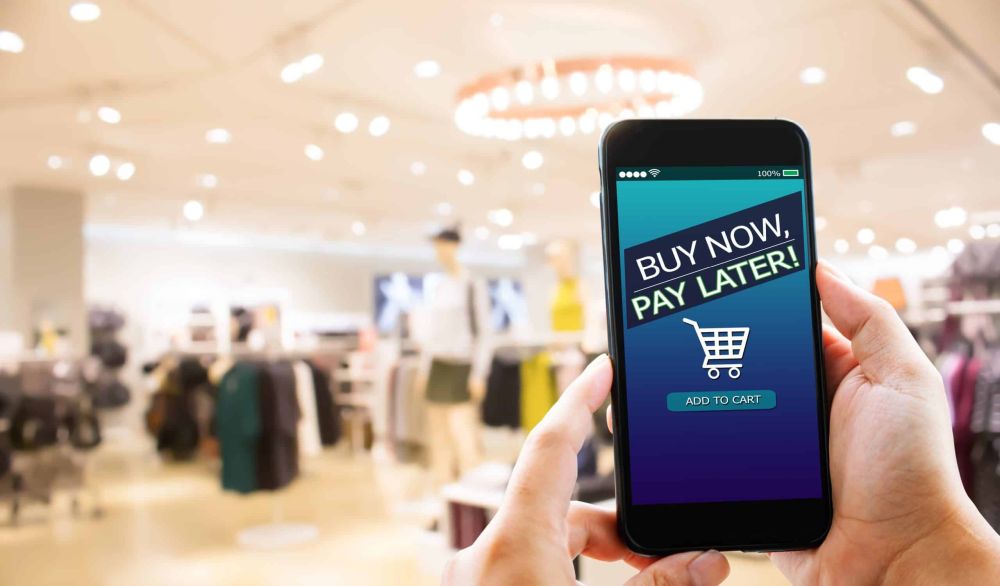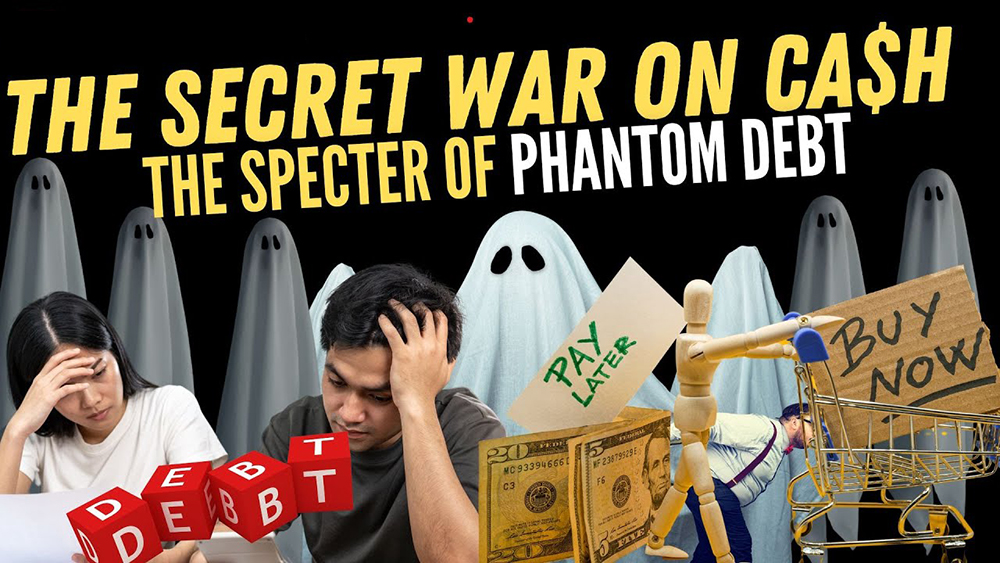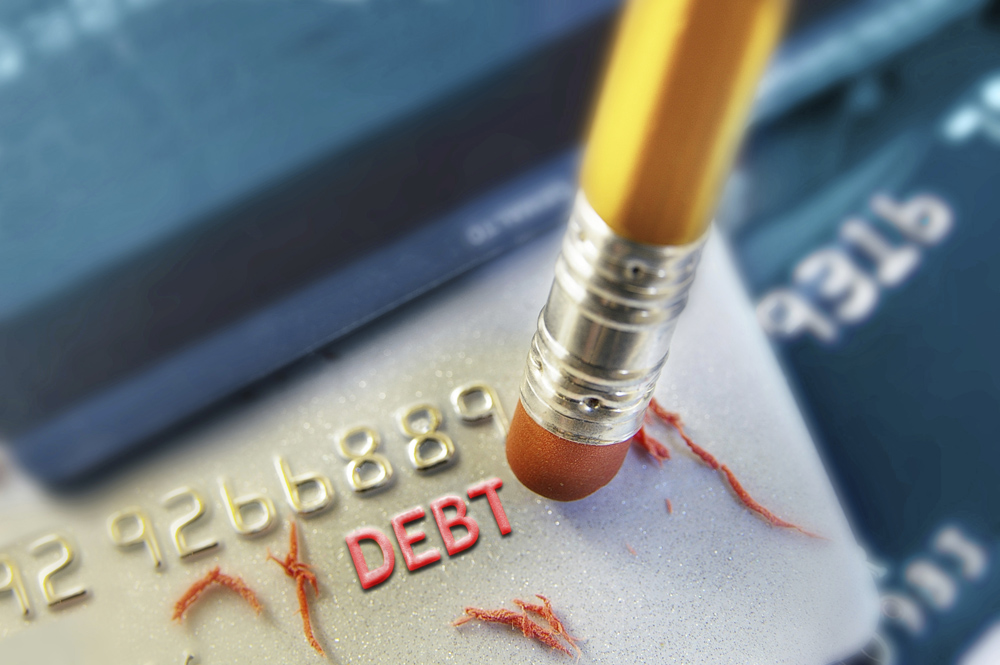The “buy now, pay later” (BNPL) trend has taken the online shopping world by storm. These services allow you to split your purchase into installments, often interest-free, making it seem like a more manageable way to pay for things you might not have the cash for upfront. But is BNPL a dream come true for budget-conscious shoppers, or is there a darker side lurking beneath the surface

While BNPL offers undeniable convenience, some experts are worried about its potential to create a hidden debt crisis. The main concern is the lack of transparency. Unlike credit card companies, BNPL providers don’t typically report transactions to credit bureaus. This means BNPL debt flies under the radar, making it difficult for consumers and lenders alike to track total outstanding balances and assess the true financial picture. This lack of visibility has earned BNPL the nickname “phantom debt,” and it could be more than just a catchy term.

With BNPL purchases so easy to make, there’s a risk of overspending, especially for those already struggling financially. People who are maxed out on credit cards or have lower incomes might be particularly vulnerable to the allure of BNPL. Furthermore, juggling multiple BNPL loans from different providers can quickly become overwhelming. Keeping track of due dates and avoiding late fees becomes a challenge, potentially leading to a cycle of debt.

So, is BNPL a friend or foe? The answer depends on how you use it. If you’re a responsible spender who can stick to a budget, BNPL can be a convenient way to manage your finances. However, if you’re already wrestling with debt, BNPL might not be the answer. It’s crucial to be mindful of your spending habits and avoid using BNPL as a crutch. Consider alternative options like traditional savings plans or credit cards with introductory APRs for larger purchases. Remember, BNPL is a tool, and like any tool, it can be used for good or bad – the choice ultimately lies with you.

